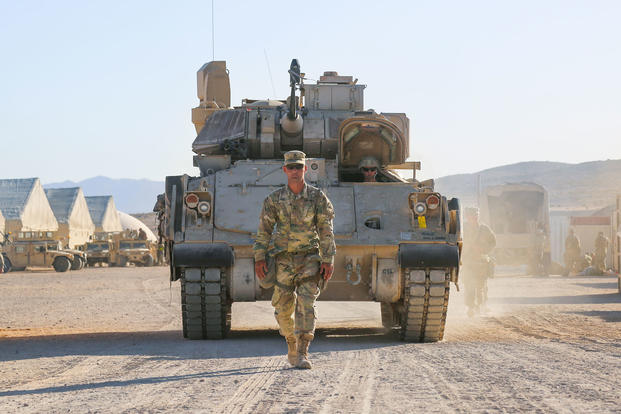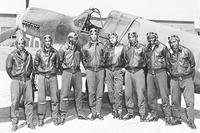After months of tedious searching, top U.S. Army leaders on Friday announced that Austin, Texas, will be the location of its new Futures Command, which will lead the service's ambitious modernization effort.
Army Secretary Mark Esper, surrounded by other key leaders, said that Army Futures Command will "establish unity of command and unity of effort by consolidating the Army's entire modernization process under one roof. It will turn ideas into action through experimenting, prototyping, testing."
Esper told defense reporters at the Pentagon Friday that the Army chose Austin for a variety of reasons.
"Not only did it possess the talent, entrepreneurial spirit and access to key partners we are seeking, but also because it offers the quality of life our people desire and the cost of living they can afford," he said.
The announcement comes after the Army scoured the country searching for major cities with the right combination of an innovative industrial presence and academia willing to work with the service in creating its force of the future.
The effort began three months ago with a list of 30 cities, which was quickly narrowed down to 15. Austin was selected from a short list of five, beating out Boston, Minneapolis, Philadelphia and Raleigh, North Carolina.
The Army announced its plan to build a future force in October. It named six modernization priorities: long-range precision fires, next-generation combat vehicle, future vertical lift, a mobile network, air and missile defense, and soldier lethality. For each priority, special cross-functional teams of experts have been assembled to pursue change for the service.
If all goes as planned, the Army's new priorities will ultimately lead to the replacement of all of its "Big Five" combat platforms from the Cold War with modern platforms and equipment. These systems include the M1 Abrams tank, Bradley fighting vehicle, Black Hawk helicopter, Apache attack helicopter and Patriot air defense system.
-- Matthew Cox can be reached at matthew.cox@military.com.








